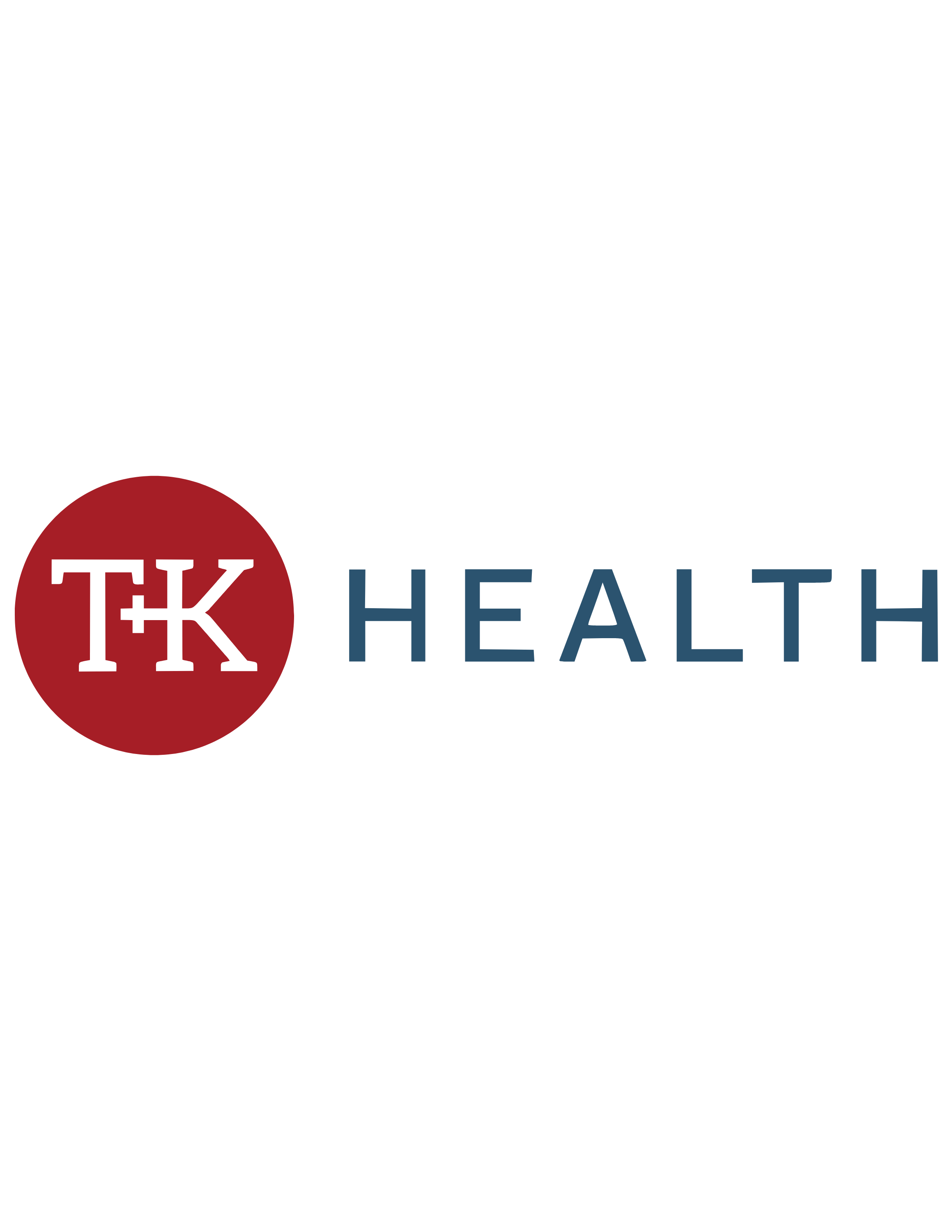Nurses are the backbone of the healthcare system, providing essential care in medical facilities nationwide. As demand for healthcare services grows, concerns about a nationwide shortage of Registered Nurses (RNs) are becoming more urgent.
So, is there a nurse shortage? Yes, there is. In fact, a study by the Health Resources and Services Administration projected the need for about 80,000 more nurses than are available this year alone.
The shortage means healthcare facilities nationwide are struggling to fill nursing positions while nursing workloads expand.
And this shortage isn’t a temporary challenge. The U.S. Bureau of Labor projects that the need for RNs is growing 6% faster than other professions, leading to an ongoing demand for qualified professionals.
This ongoing issue requires active recruiting into the profession and creative solutions to provide services during the ongoing shortage.
The Reality of the Nurse Shortage
Nurses have always been in high demand, but the gap between available nurses and the need for their services is widening. The U.S. Bureau of Labor predicts an average of 194,500 openings for RNs each year for about a decade.
Factors driving the nurse shortage include:
- Population Aging. The U.S. population is aging, with the number of people 65 and older expected to nearly double by 2060. Older adults typically require more medical care, increasing the need for skilled nurses.
- Aging Workforce. Many experienced nurses and nursing educators are reaching retirement age, leaving difficult-to-fill gaps in healthcare organizations and nursing training. It’s estimated that more than one million nurses will retire by 2030.
- Limited Nursing School Capacity. Despite the high demand for nursing education, many qualified applicants are turned away from programs due to a shortage of faculty, clinical training sites, and resources. In just one year, U.S. nursing schools turned away 65,766 qualified applicants from undergraduate and graduate nursing programs because of resource constraints.
- Burnout and Job Dissatisfaction. High patient loads, long hours, and emotionally demanding work have led to record levels of burnout among nurses. More than 100,000 nurses left the workforce in 2021. It was the largest drop in four decades and was attributed to strain related to COVID-19. But there’s concern that it wasn’t an isolated exodus. Nearly 900,000 RNs, or almost one-fifth of the workforce, intend to leave the profession by 2027, according to a study from the National Council of State Boards of Nursing.
The combination of these factors has created a crisis that requires urgent attention. Without significant intervention, the nurse shortage will impact patient care and continue to strain the remaining nursing workforce.
The Impact of the Nursing Shortage on Correctional Healthcare
The nationwide nursing shortage doesn’t only impact healthcare facilities. The shortage is particularly challenging for correctional healthcare, where nurses provide constitutionally mandated medical care for incarcerated people, many of whom have a myriad of physical health and mental health conditions. Below are some of the concerns the nursing shortage creates in correctional healthcare.
Difficulty Filling Positions
Despite the benefits of correctional nursing, including professional growth and personal fulfillment, it takes a specific type of person to be drawn to working in correctional healthcare.
“Correctional nurses need to be vigilant and adaptable,” said Shelly George, TK Health Recruiter. “It can be a very rewarding career for the right person because it offers the opportunity to make a significant impact on a vulnerable and often overlooked population.”
With hospitals, clinics, and long-term care facilities all facing staffing shortages, attracting talent to correctional nursing positions can be difficult, especially in rural locations. Some nurses may prefer traditional settings in larger cities over correctional facilities in remote counties, which also are often perceived as more challenging work environments.
Increased Workloads and Burnout Among Correctional Nurses
Correctional nurses already work in a demanding and often high-stress environment, dealing with complex medical cases, frequent medical emergencies, mental health crises, and security risks. A nursing shortage may mean that the remaining staff needs to take on heavier workloads or more demanding schedules, leading to higher stress levels, job dissatisfaction, and nursing burnout. These challenges may result in correctional nurses leaving the profession, further compounding staffing concerns.
Efforts to Address the Nurse Shortage
The nursing shortage doesn’t appear to be going away any time soon, still healthcare organizations, policymakers, and educational institutions are taking steps to attempt to address it.
Efforts to address the nursing shortage include:
- Expanding Nursing Education. There’s not a lack of interest in becoming a nurse, there just aren’t enough educational opportunities available. To address this concern, universities and colleges are developing accelerated nursing programs and online learning options to make education more accessible. These institutions are also trying to recruit and train more nursing faculty to teach the next generation of nurses.
- Offering Financial Incentives. Employers and government entities are offering financial incentives to encourage nurses to enter and stay in the profession. These incentives include student loan forgiveness programs for nurses who commit to working in underserved areas, scholarships and grants to reduce the financial burden of nursing education, and sign-on bonuses and tuition reimbursement from healthcare organizations to attract new hires.
- Improving Retention and Working Conditions. Keeping experienced nurses in the workforce is just as important as bringing in new nurses. Efforts to improve retention include reducing nurse-to-patient ratios, using technology to improve efficiency, providing mental health support, offering flexible work schedules, and increasing wages and benefits.
- Attracting More Nurses to Underserved and High-Need Areas. Some regions, particularly rural areas and correctional facilities, struggle more than others with nurse shortages. Efforts to recruit nurses to these areas include higher salaries and retention bonuses for nurses willing to work in high-need settings, targeted recruitment campaigns, and partnerships with nursing schools to provide clinical rotations in underserved areas, encouraging students to consider careers in these settings.
- Making Policy Changes and Taking Legislative Action. Government officials at the federal and state levels and healthcare executives are recognizing the urgency of the nursing shortage and implementing solutions such as increasing funding for nursing programs to expand student capacity, easing restrictions on nurse licensing to allow quicker entry into the workforce, and expanding the scope of practice for nurses in entry-level positions.
The Nursing Shortage in Correctional Healthcare
At TK Health, we’re well aware of the nursing shortage in correctional facilities. We actively recruit nurses to jails throughout the region and attempt to create a favorable working environment through competitive salaries, job flexibility, executive support, and advancement opportunities. Learn more about joining the TK Health team or take a look at our available jobs.

